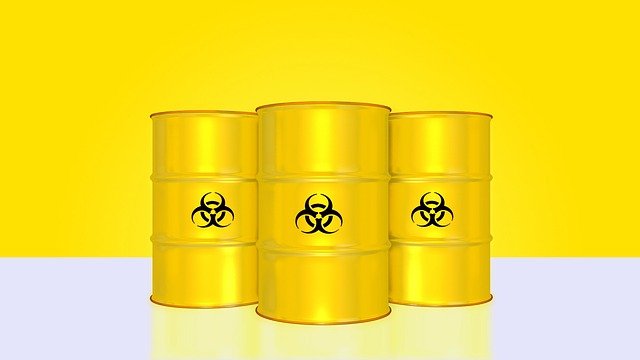Walmart is once more finding itself in hot water, accused by California of illegally dumping over 1 million items of hazardous waste into landfills.
It’s essential for a business to follow the appropriate waste regulations for disposal. This means that all employees must be trained to identify what hazardous waste generators are and how to handle them according to the law.
Otherwise, a business can find itself facing hefty fines. Walmart experienced this in 2010 when it had to pay $25 million for illegally dumping into local landfills in California not equipped to handle hazardous waste. It again occurred in 2012 when Walmart had to shell out $1.25 million for similar reasons to Missouri.
Here is a look at what a hazardous waste generator is and also what the different types of hazardous waste generators are.
What Is a Hazardous Waste Generator?
A hazardous waste generator is any person that creates hazardous waste that’s either listed or described in the Code of Federal Regulations.
The EPA established three different categories to break down waste generators. They are very small quantity generators, small quantity generators, and large quantity generators.
The amount of hazardous waste generated in a month is what decides what category the generator falls under. Employees can learn to identify and handle hazardous waste the proper way through RCRA training online. When employees trained on proper procedures, a business can avoid getting in trouble with the law.
Very Small Quantity Generators
For a generator to fall under the category of a very small quantity generator or VSQG, it must produce about 100 kilograms or less of hazardous waste.
A VSQG must identify all hazardous waste they create. They cannot produce over 1,000 kilograms of hazardous waste and must also ensure all waste is taken to a location authorized to handle it.
Small Quantity Generator
An SQG produces over 100 kilograms of hazardous waste but under 1,000 kilograms per month.
An SQG cannot ever exceed 6,000 kilograms of hazardous waste on-site. When transporting hazardous waste for disposal, SQG’s must keep the waste in tanks or containers.
On top of that, an SQG must always have at least one employee present that can respond to an emergency.
Large Quantity Generator
An LQG creates over 1,000 kilograms per month of hazardous waste.
Unlike the other generators, an LQG doesn’t have a limit on how much hazardous waste it can accumulate on-site. All waste generated has to keep in containers, tanks, containment buildings, or drip pads.
On top of more strict regulations for an LQG, they must also submit a hazardous waste report every other year.
Know What Your Hazardous Waste Generators Are
As you have read, there are many different types of hazardous waste generators. What determines the type of generator is the quantity of hazardous waste produced in a single month.
We hope you found this article about hazardous waste generators informative. If you did, be sure to browse our website for other great content to read up on. We work hard to provide you with informational articles and tips and tricks related to your business!




